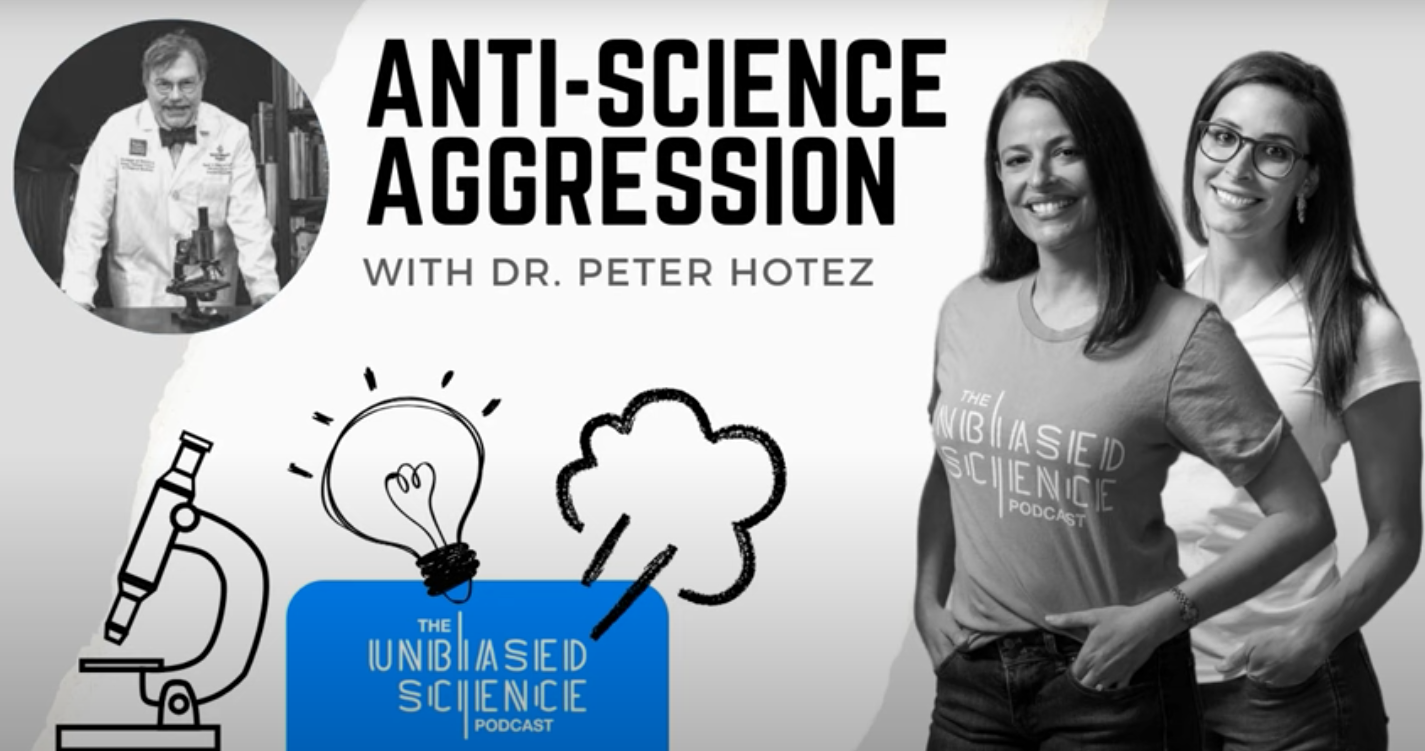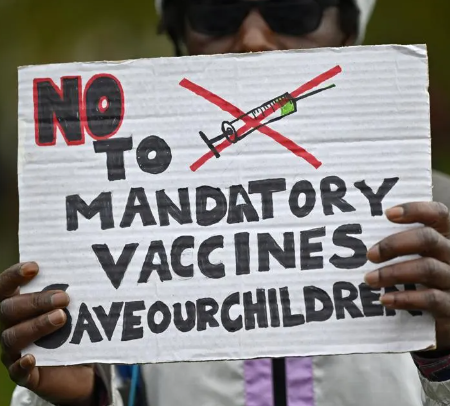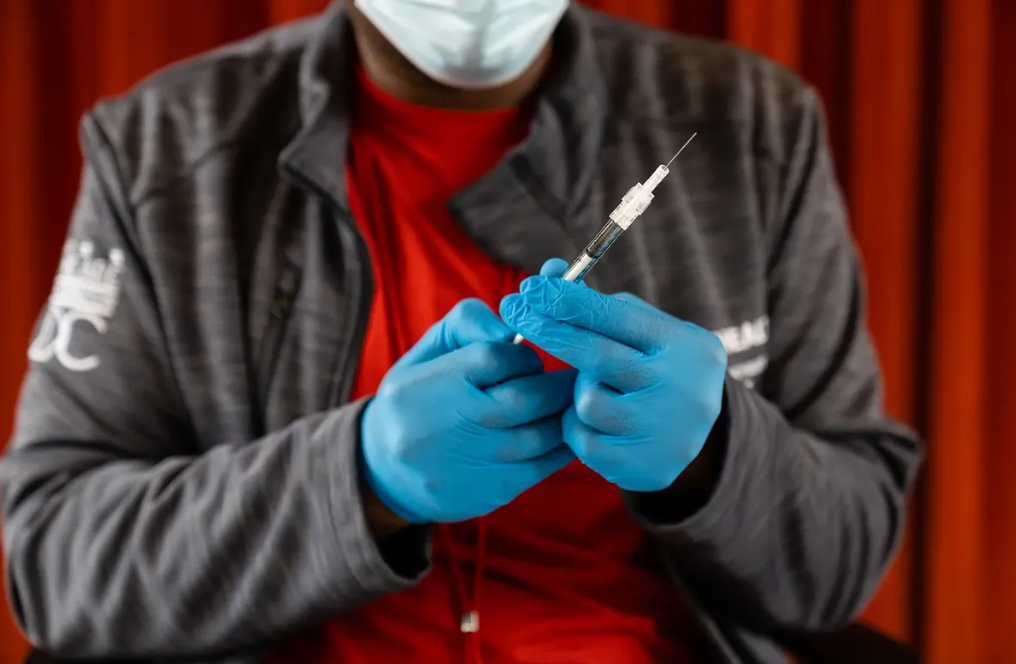Improving Vaccination Rates: Why Some People Are "Stuck" on Misinformation
The State Press
Vaccine misinformation has led to the revival of diseases that could otherwise be eradicated, but experts in the field are considering how to improve education on the topic.
Diseases such as measles and mpox (previously referred to as monkeypox), which are preventable with vaccinations, are on the rise. According to the CDC, around 70% of children two years or younger are vaccinated with the combined seven-vaccine series, including measles and chickenpox, and around the same percent of the adult population is fully vaccinated for COVID-19.
Lesley Michalegko is a project manager at the ASU School of Public Affairs as well as a project manager for the Center for Science, Technology & Environmental Policy Studies. She also contributed to a study regarding the scientific perspective of vaccine hesitancy.
"One of the things we looked at was something that is in the vaccine hesitancy literature right now, and it's called the three C's model," Michalegko said.
The three C's include convenience, confidence and complacency. Convenience relates to the larger, more obvious barriers to vaccination.
"How easy is it for you to physically go and get a vaccine? Is it covered by your health insurance?" Michalegko said. "I think a big issue is convenience and not just in the sense of like, 'Oh, I don't feel like it today.'"
While convenience relates largely to societal systems, confidence relates much more to an individual's personal viewpoint towards medicine.
RELATED STORIES FROM THE INTEGRITY PROJECT




